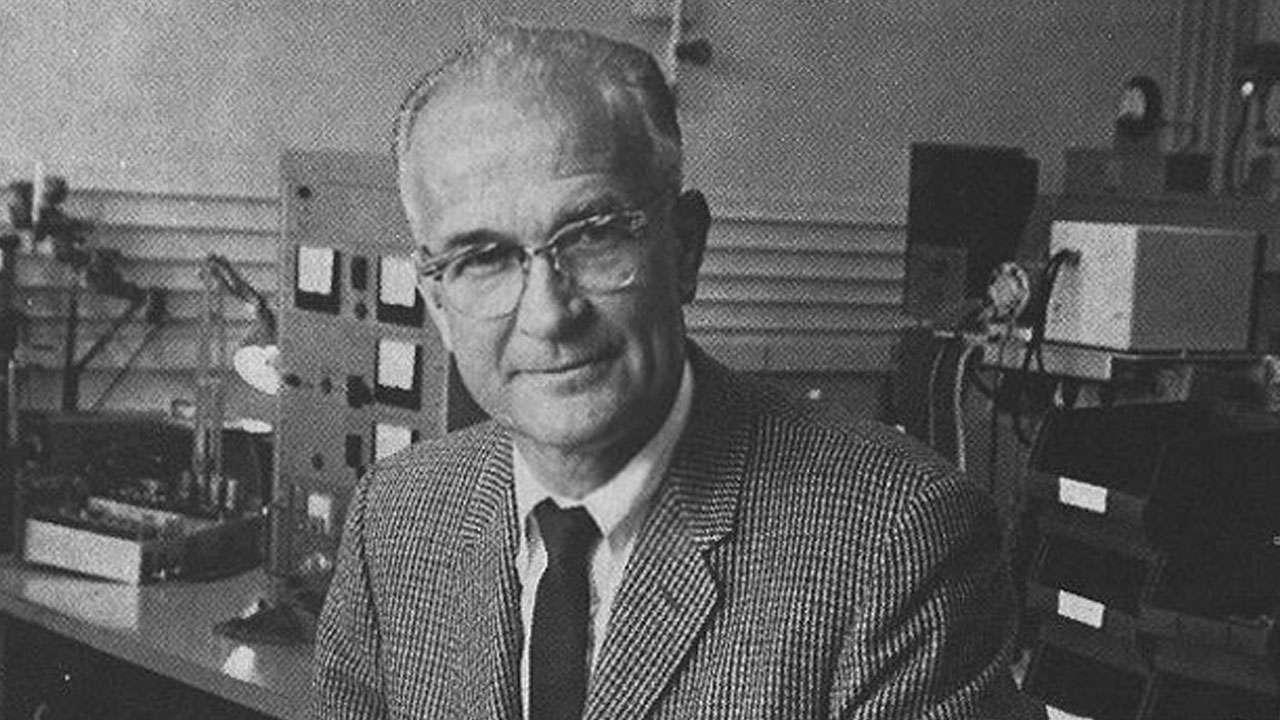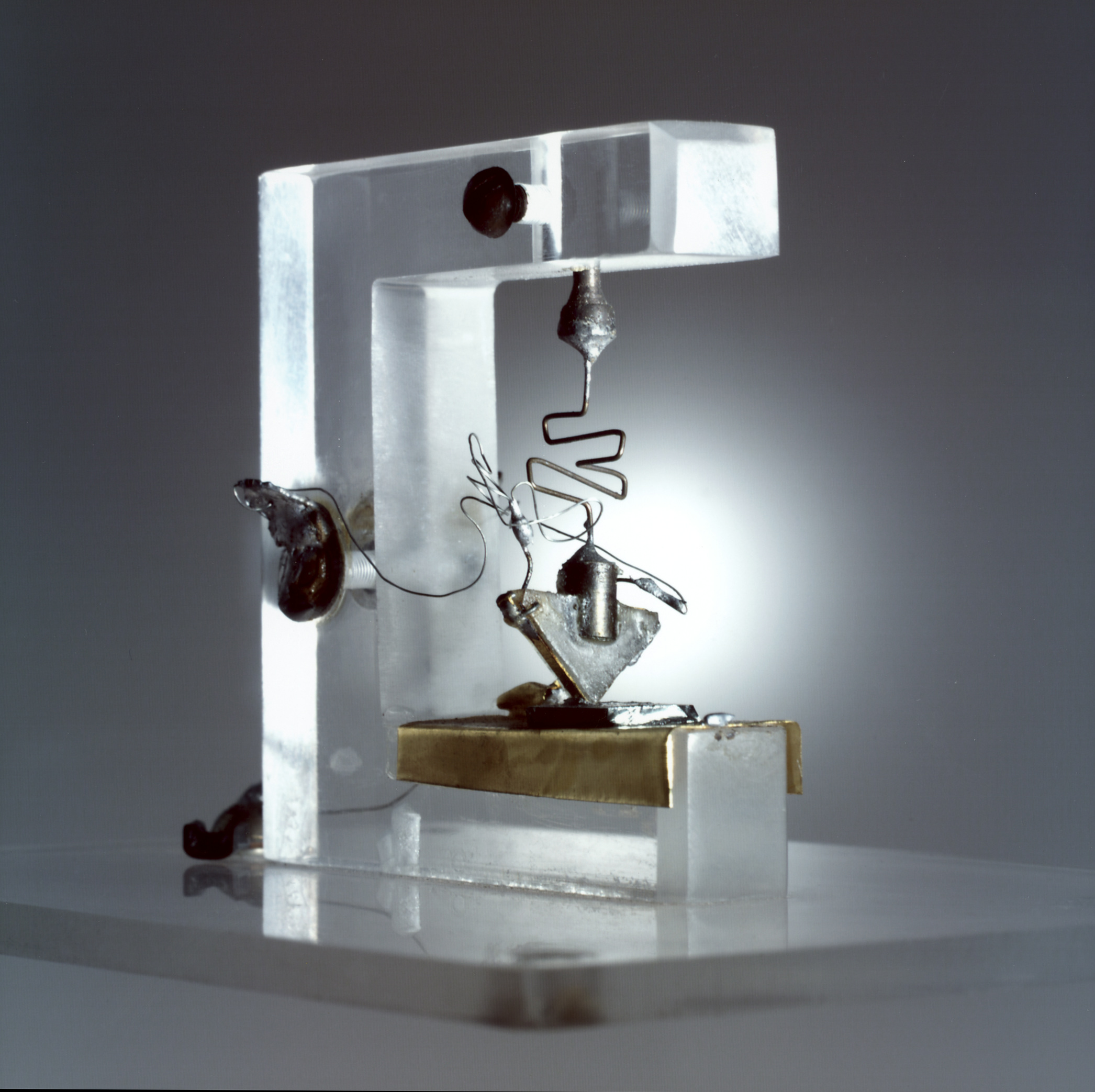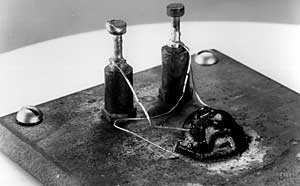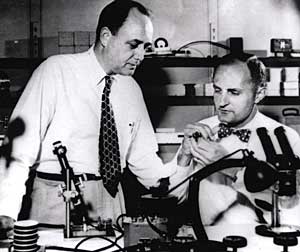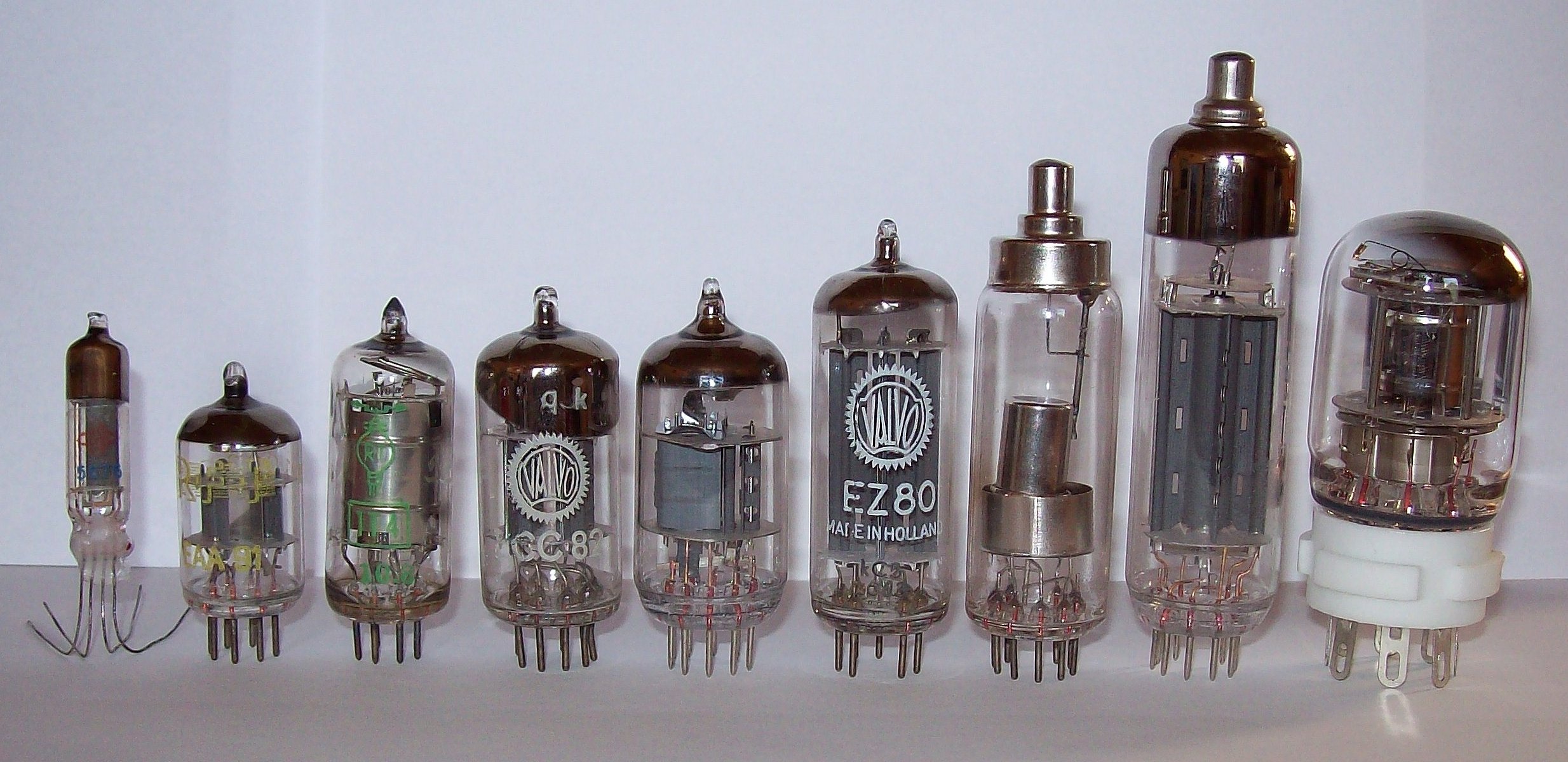
The Problem
Automation is central to progressing in modern computing. This involves a critical electronic component - a component that allows for automated control of electronic currents, and a component that is able to amplify a small electric signal into a bigger one. Before the debut of transistors, vacuum tubes served these purposes. However, vacuum tubes are bulky, and a lot of electric power consumed by it were converted to heat and lost. This made the vacuum tube extreme short-lifed and expensive to maintain (Watkins).
A more elegant solution to this problem, semiconductor materials, or materials that is able to switch states between an insulator and a conductor, such as silicon or germanium (Riordan). Originally these semiconductive materials are used in millitary to emit radar wave at frequencies over 1 gigahertz. Later, executives at Bell Labs recognized the potential that these kinds of material have to produce solid-state vacuum tube, and they expanded this research down this route.
Invention
On December 23, 1947, the first function transistor is demonstrated at Bell Laboratories, in Murray Hill, NJ. Bell Labs is a research arm of the American Telephone and Telegraph (AT&T) company. The three scientists involved were William Shockley, John Bardeen and Walter Brattain.
- William Shockley has been working on a theoretical sketch of the transistor for over ten years (Watkins). Despite the effort, after eight years when he finally attempted to build a model of the theorized transistor, he failed.
- Bardeen and Brattain created the point-contact transistor as the first working model of the transistor. Subsequently, a new model, the "bipolar" transistor is invented, providing improved performance.
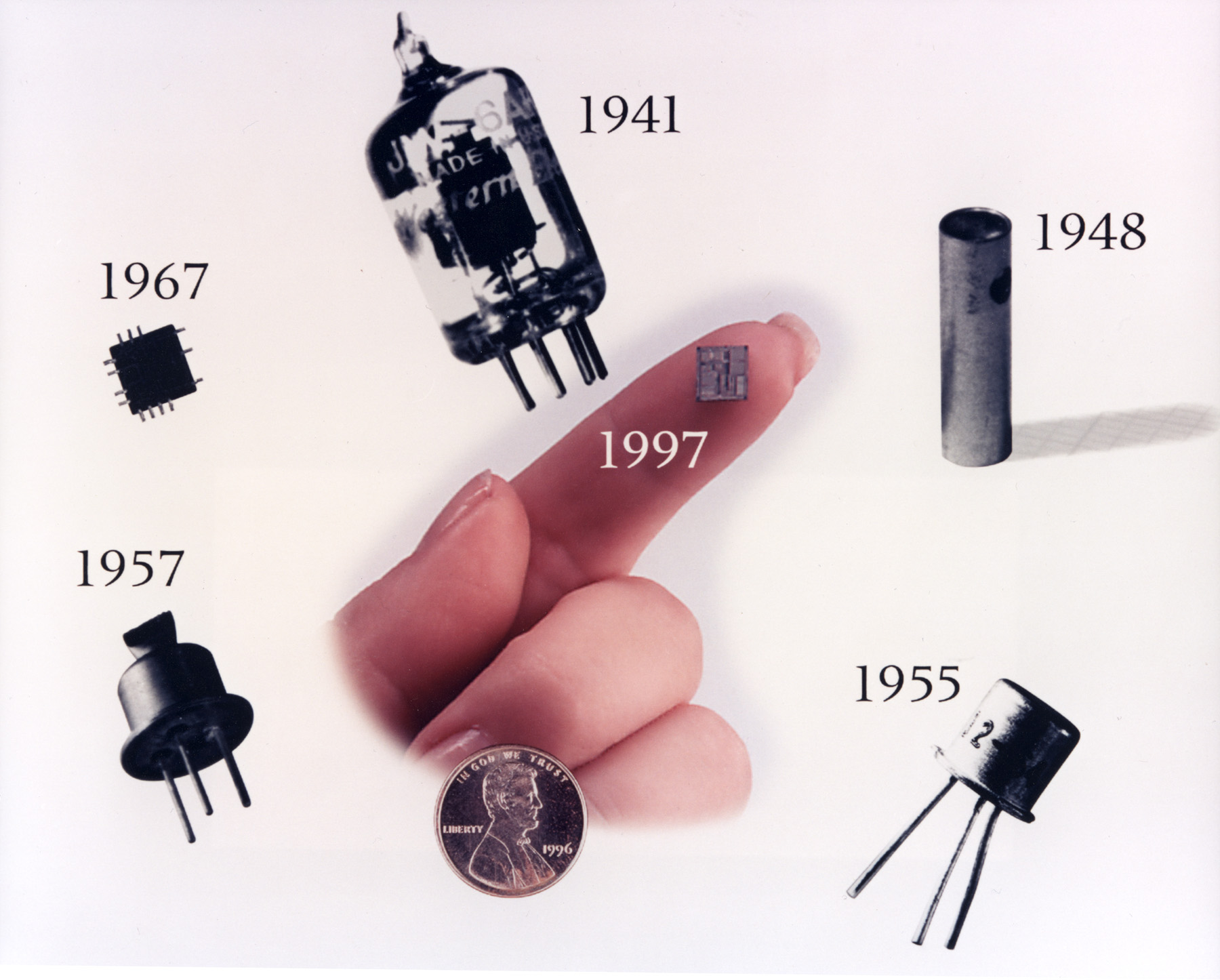
Improvement
Once the transistor became a reality, improvements to the transistor spread like wildfire.
- In 1948, the point-contact transistor is already being mass-produced and spreading out into the world.
- In 1955, transistors nearly replaced all vacuum tubes in communication devices.
- In 1967, microchips used in modems contained up to 5 million transistors.
